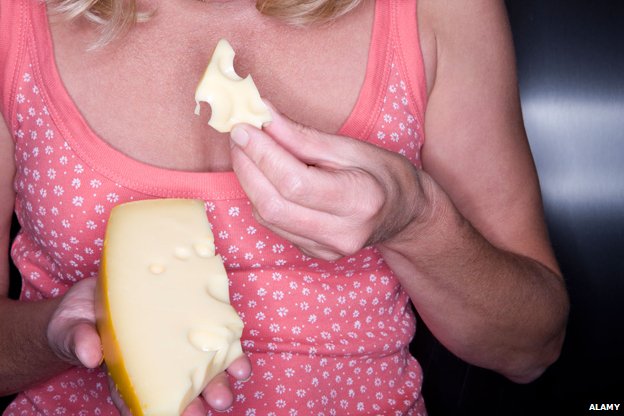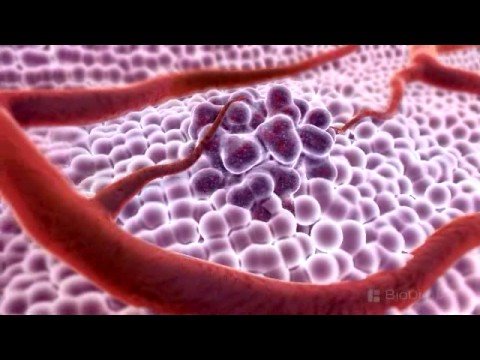Heart Disease Treatment
Symptoms
Chest pain or discomfort can feel like pressure or squeezing chest pain. It may feel upset stomach. You may also feel pain in your shoulders, arms, jaw , neck or back.
Shortness of breath often comes along with chest pain, but can occur earlier.
Further information about the symptoms start, cold sweat, nausea or dizziness, upper body discomfort in one or both arms, neck, jaw or stomach.
Self-Care at Home for Heart Disease Treatment
Do not ignore chest discomfort or pain . Time is very importance. Do not try to drive yourself or encourage someone.
If you smoke, quit. This is the best lifestyle changes you can make. After 3 years of not smoking reduces the risk of heart disease, nonsmoker. Your health care provider may help you quit smoking through behavioral changes, medication, or use nicotine replacement products.
Hold your intake of calories from fat, 30% of your total calories. This means that less than 60 grams of fat daily, adult dose. Most Western diets are more body fat than is recommended.
Reduce blood cholesterol levels. Lower cholesterol as “bad” LDL cholesterol levels, supports the building up to the plate is a coronary artery. Your total cholesterol should be less than 200 mg / dL, and LDL cholesterol levels below 130 mg / dL (less than 100 mg / dL, known heart disease or diabetes). Some people can control their cholesterol by changing what they eat, others need medication.
Uncontrolled diabetes increases the risk of heart disease, blood circulation problems. and heart attacks,
Control blood pressure. Uncontrolled high blood pressure is one of the most common causes of heart disease.
Nature / Ayurvedic Management:
Use of natural food. Eat fresh fruits, almonds, vegetables, spices and turmeric. A person suffering from coronary heart disease to avoid processed foods, heavy and cold food and deep fried foods.
Ayurvedic scholars recommend that you drink plenty of warm water. Should avoid alcohol, smoking and drugs.
Patients who need a good sleep hours.
Keep the temperature of bedroom comfortable and modest.
Withania somnifera is still a good Ayurvedic medicine used to treat heart disease.
Ginger is also a good Ayurvedic Medicine.
Heart Disease Prevention
Diet to help Heart Disease Treatment
Avoid eating high-fat, caffeine, tobacco, high cholesterol foods, alcohol, sugar, butter, red meat, chocolate, fried foods, spicy foods, soft drinks, white flour
Eat more – Raw food , chicken, fish, turkey, onions, garlic, lecithin, raw nuts (peanuts, olive oil (usually a well-balanced diet)
Exercise – People who are sedentary, more likely to have heart disease when compared with people who act in their daily lives.
Weight – Obesity is a main reason for heart disease
Stress – Avoid stress and stress management techniques, lean
If you are taking any allopathic medicine for heart disease, you may take this product along with your regular medication. Divya Hridyamrit is a wonderful product that activates the muscles of the heart and helps in Heart Disease Treatment. Divya Arjuna Kvath to prevent heart diseases and heart problems cure. You should take Mukta Vati to get high blood pressure treatment in an herbal way without any side effects.
If you are taking any allopathic medicine for heart disease, you may take this product along with your regular medication. Divya Hridyamrit is a wonderful product that activates the muscles of the heart and helps in Heart Disease Treatment. Divya Arjuna Kvath to prevent heart diseases and heart problems cure. You should take Mukta Vati to get high blood pressure treatment in an herbal way without any side effects.
Michael Mosley: Should people be eating more fat?
Scientists from Oxford, Cambridge and Harvard, amongst others, examined the links between eating saturated fat and heart disease. Despite looking at the results of nearly 80 studies involving more than a half million people they were unable to find …
Read more on BBC News
Heart Disease in Women: Reversing Years of Neglect
In “The Woman's Heart Attack” (Sunday Review, Sept. 28), Martha Weinman Lear warns of the different, and often undetected, symptoms of a heart attack in women from the perspective of one who lived to tell the story. The experience she shared was both …
Read more on New York Times















